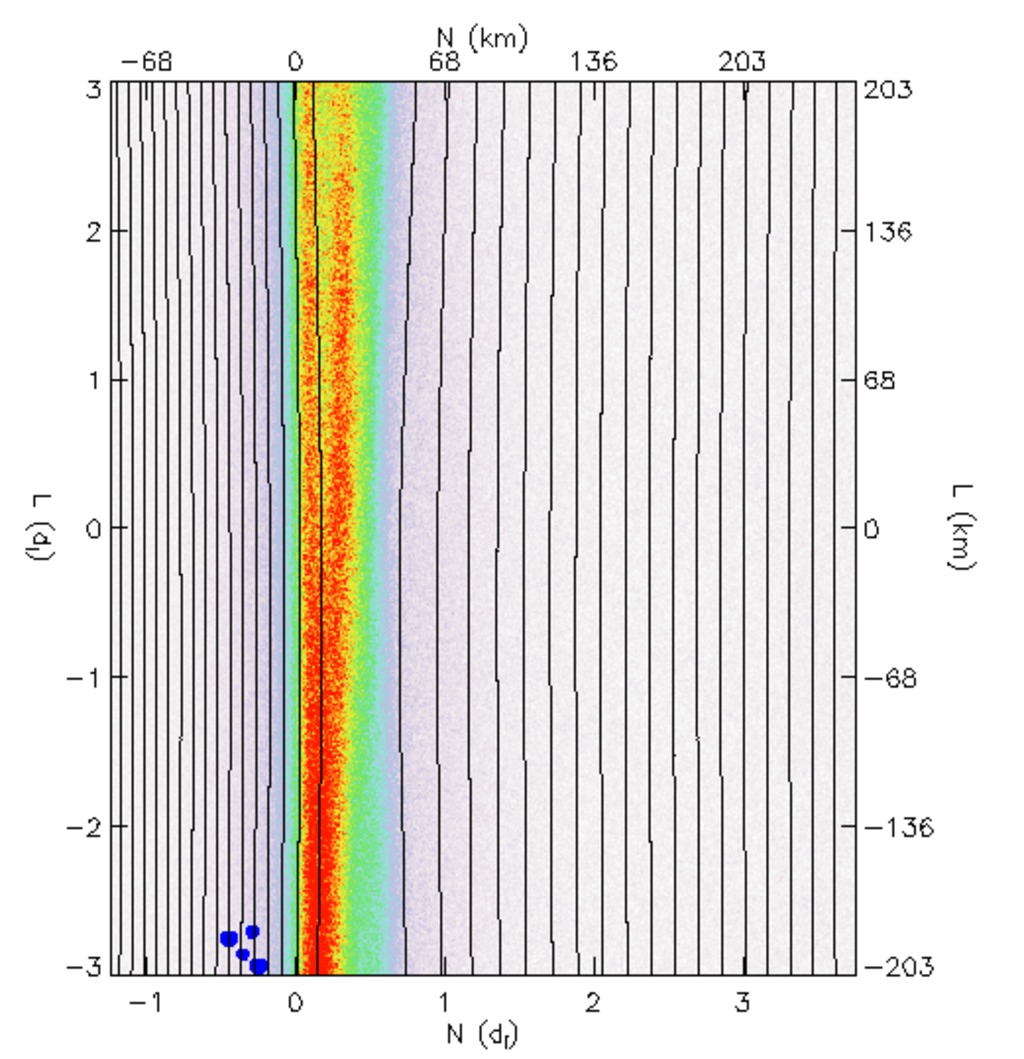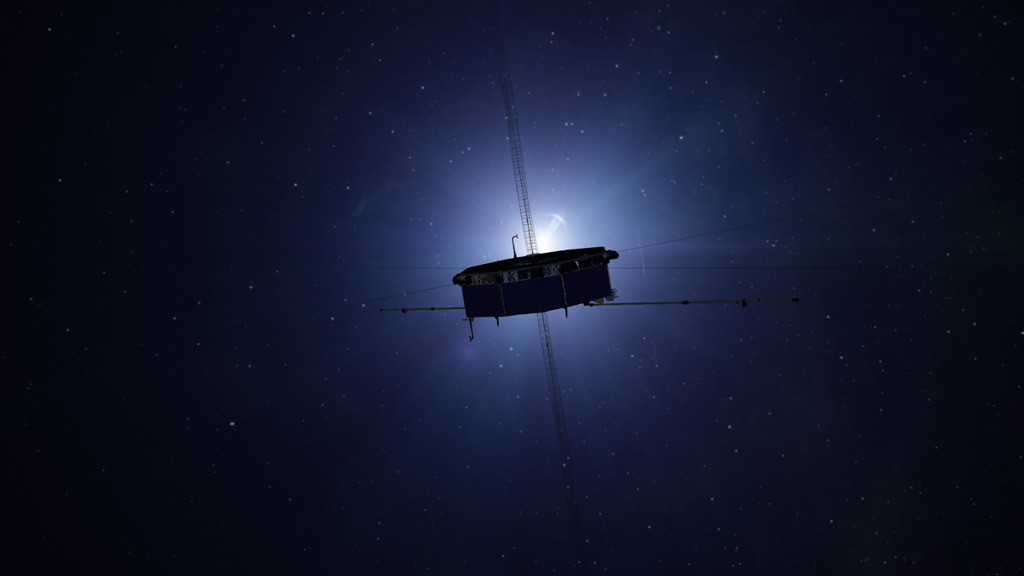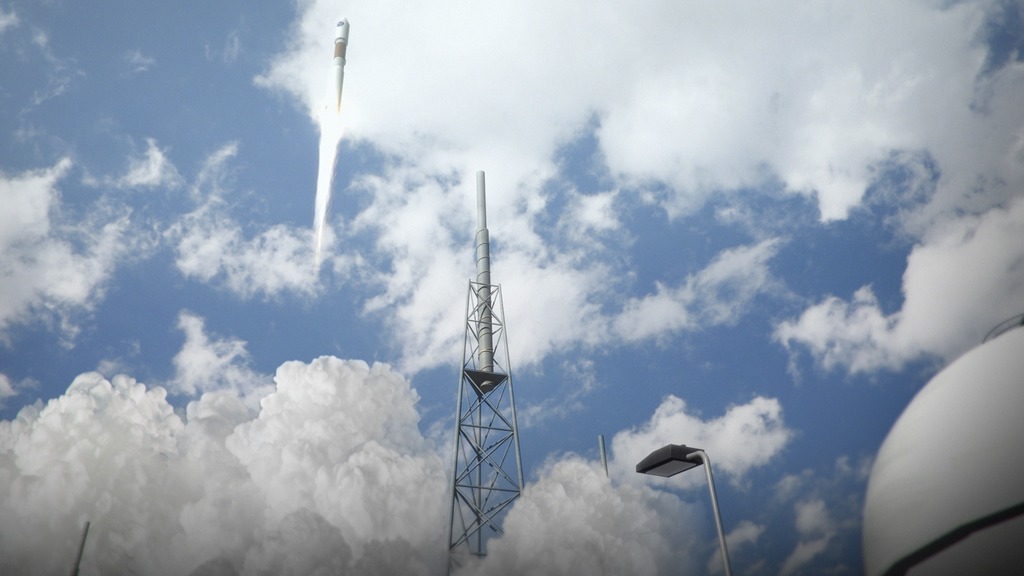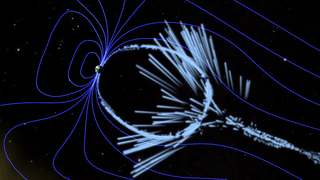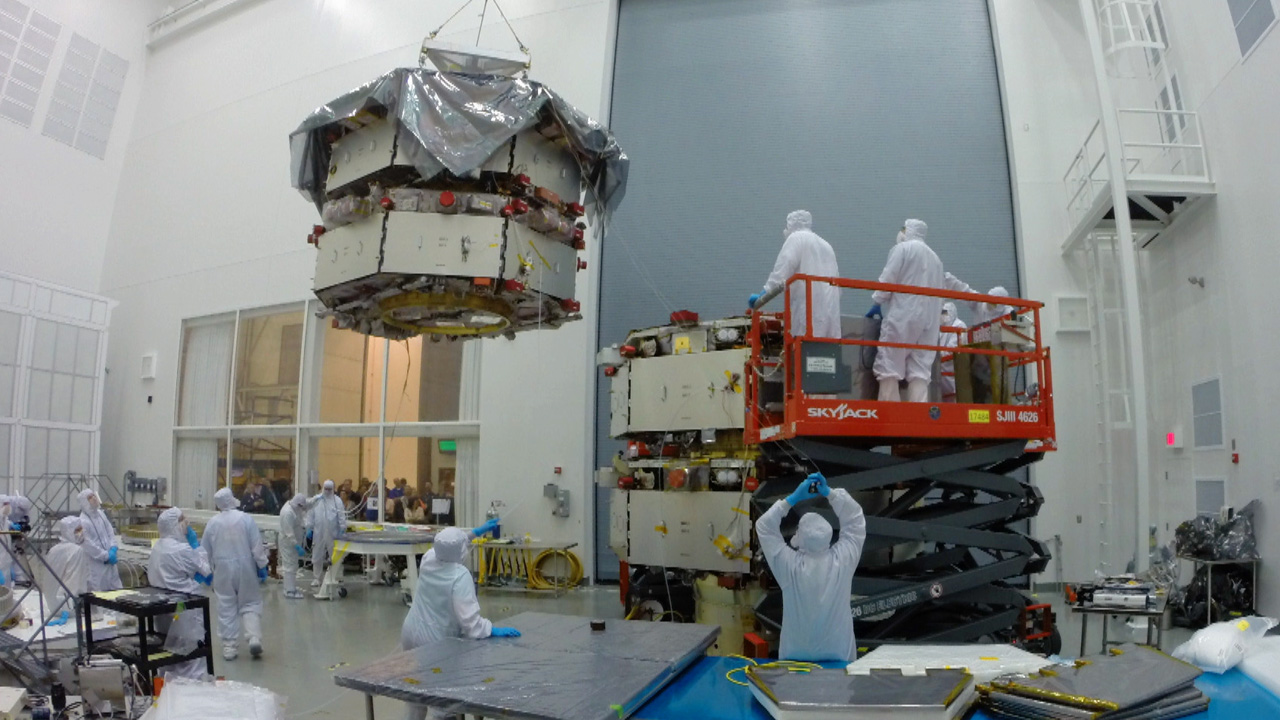MMS Science Overview: The Mysteries of MMS
Scientists Michael Hesse and John Dorelli explain the science objectives of the MMS mission.
For More Information
Credits
Please give credit for this item to:
NASA's Goddard Space Flight Center
-
Animators
- Walt Feimer (HTSI)
- Tom Bridgman (Global Science and Technology, Inc.)
-
Video editor
- Genna Duberstein (USRA)
-
Interviewees
- Michael Hesse (NASA/GSFC)
- John Charles Dorelli (NASA/GSFC)
-
Producer
- Genna Duberstein (USRA)
-
Project support
- Aaron E. Lepsch (ADNET Systems, Inc.)
Release date
This page was originally published on Wednesday, December 10, 2014.
This page was last updated on Wednesday, May 3, 2023 at 1:50 PM EDT.
Missions
This visualization is related to the following missions:Tapes
This visualization originally appeared on the following tapes:-
MMS Mission Overview
(ID: 2014011)
Sunday, November 30, 2014 at 5:00AM
Produced by - Will Duquette (NASA)
